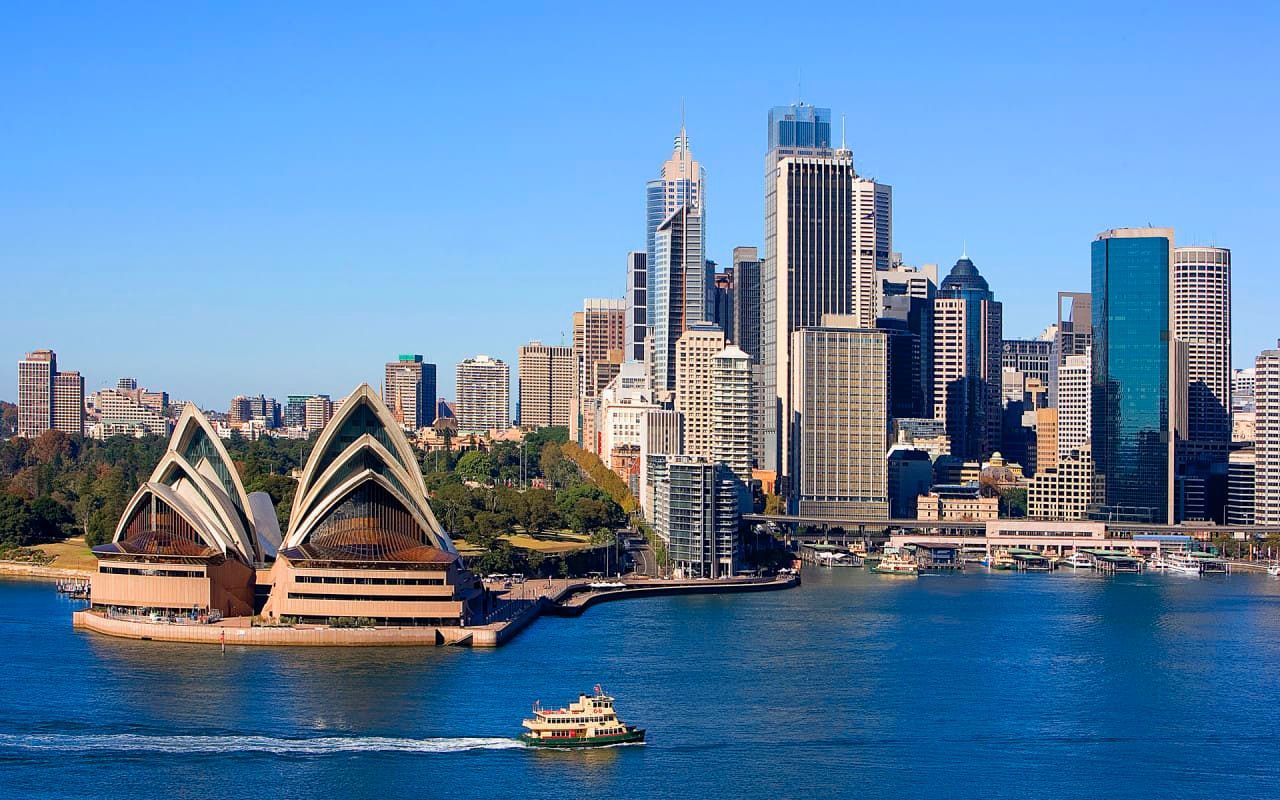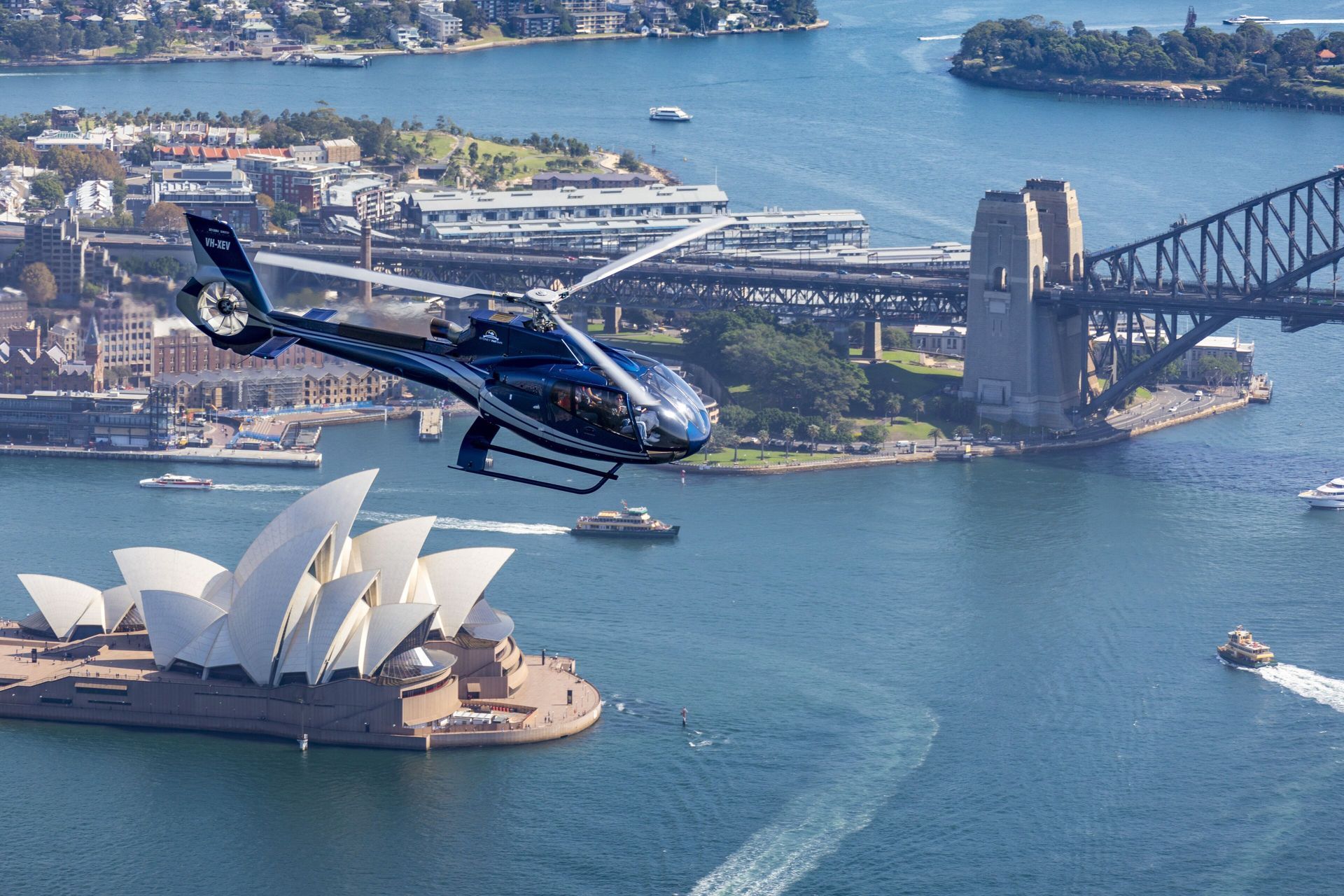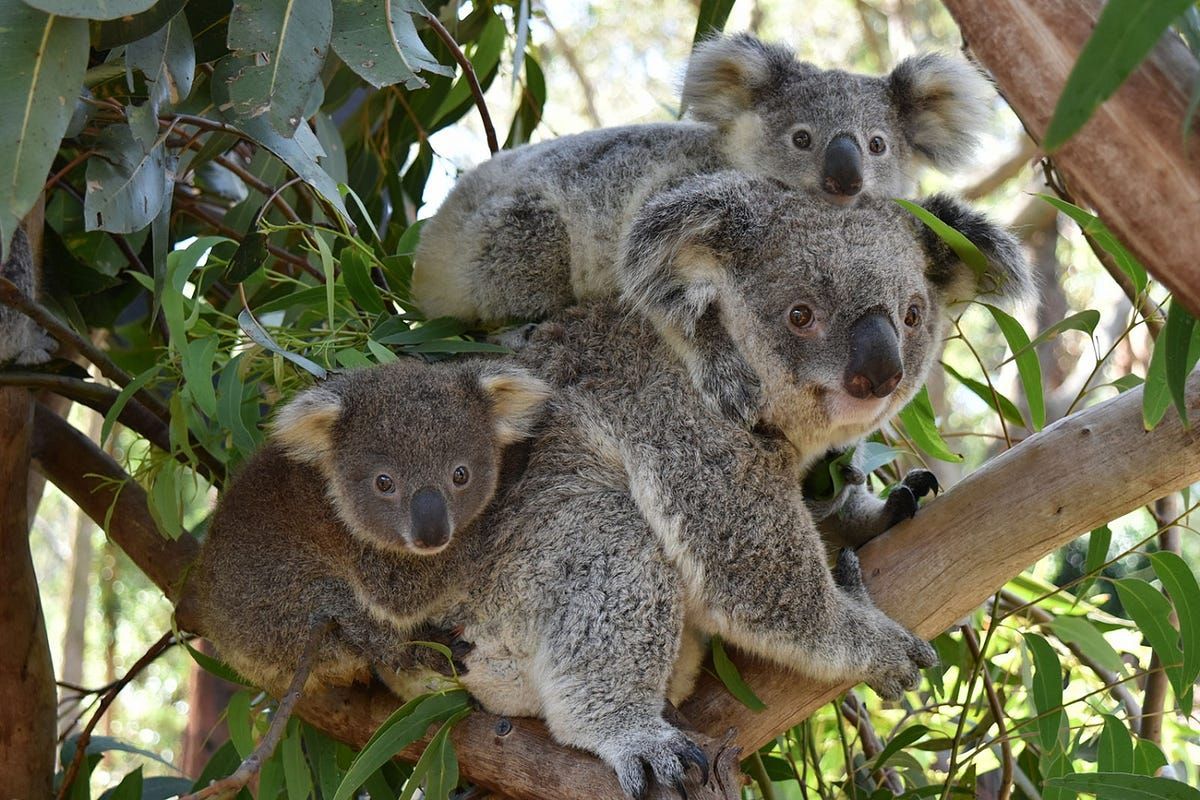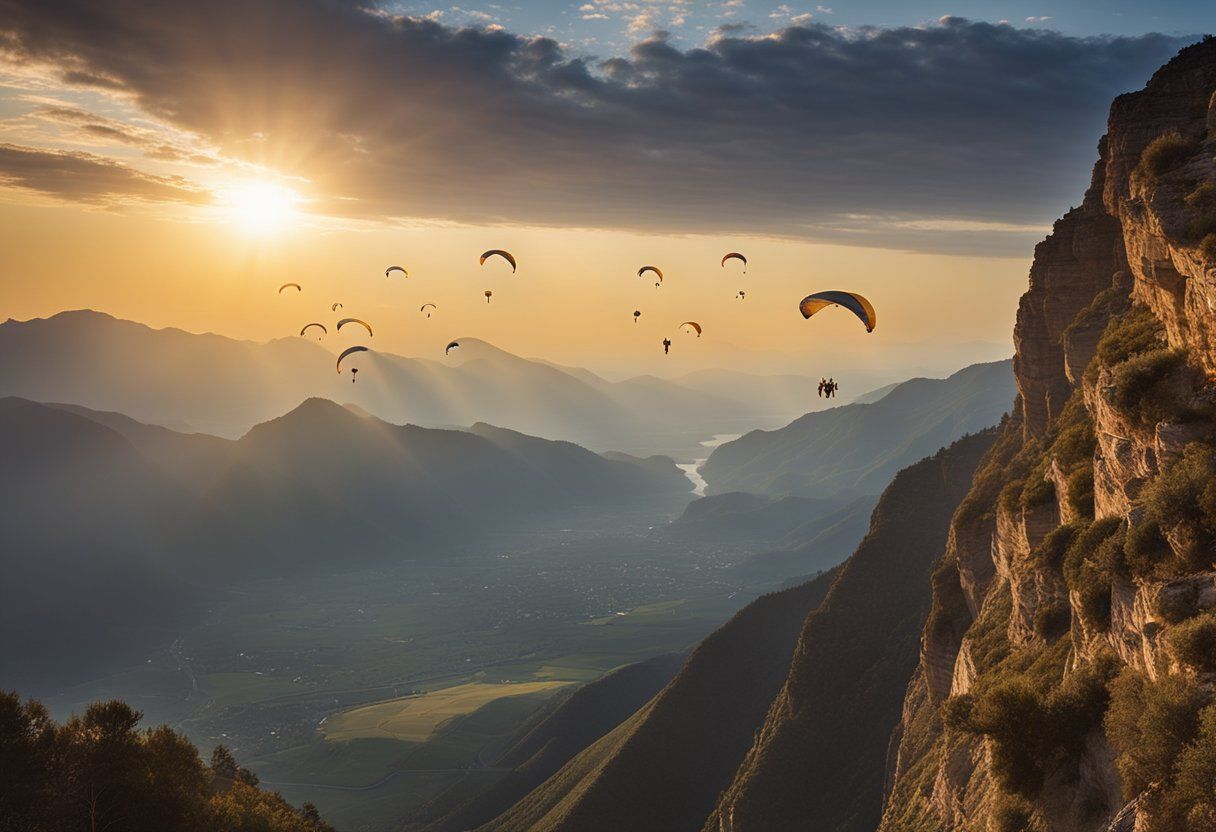To share
Discover Port Lincoln's top adventure activities! From shark cage diving to swimming with sea lions, experience adrenaline-pumping thrills in this Australian coastal gem. Plan your unforgettable adventure today!

1. Cage Diving with Great White Sharks
Port Lincoln offers a unique opportunity to come face-to-face with one of the ocean's most magnificent predators: the great white shark. This exhilarating experience is not for the faint of heart but provides an unparalleled adventure for those seeking an adrenaline rush.
Preparing for the Dive
Before embarking on this thrilling journey, proper preparation is essential. Participants are required to attend a comprehensive briefing session where experienced guides explain the dive process, safety protocols, and what to expect during the encounter. It's advisable to bring warm, comfortable clothing, as the waters can be chilly even in summer months.
Safety Measures and Equipment
Safety is paramount in cage diving operations. Tour operators in Port Lincoln adhere to strict safety standards and use state-of-the-art equipment. The dive cage is constructed from durable materials and designed to withstand any potential contact with sharks. Divers are provided with thick wetsuits, boots, and hoods to ensure comfort in the cold waters.
The Underwater Experience
Once submerged, the underwater world comes alive. The crystal-clear waters of the Neptune Islands provide excellent visibility, allowing divers to observe these magnificent creatures in their natural habitat. Great whites may approach the cage, offering breathtaking views of their powerful bodies and distinctive features. This close encounter provides a unique perspective on shark behavior and ecology.
2. Swimming with Sea Lions at Hopkins Island
For those seeking a more playful marine encounter, swimming with sea lions at Hopkins Island presents an unforgettable experience. These charismatic creatures, often referred to as "puppies of the sea," offer a delightful interaction in their natural environment.
Getting to Hopkins Island
The journey to Hopkins Island is an adventure in itself. Boats depart from Port Lincoln, traversing the beautiful coastal waters. During the trip, passengers often spot various marine life, including dolphins and seabirds, adding to the overall experience.
Interacting with Sea Lions
Upon arrival at Hopkins Island, swimmers enter the water under the guidance of experienced instructors. Sea lions are naturally curious and often approach swimmers, engaging in playful behavior. Their agility and grace in the water are truly remarkable to witness up close. It's important to remember that while sea lions may appear friendly, they are wild animals and should be treated with respect and caution.
Conservation Efforts and Responsible Tourism
The sea lion population faces various challenges, including habitat loss and overfishing. Many tour operators in Port Lincoln are committed to conservation efforts and responsible tourism practices. They often contribute to research and monitoring programs, helping to ensure the long-term survival of these incredible animals. Visitors are educated about the importance of maintaining a respectful distance and not disturbing the sea lions' natural behaviors.
"Responsible tourism plays a crucial role in preserving marine ecosystems while allowing visitors to experience the wonders of the ocean."
These thrilling adventures in Port Lincoln offer more than just excitement; they provide a deeper understanding and appreciation of marine life. Whether diving with great whites or swimming with sea lions, these experiences create lasting memories and often inspire a greater commitment to ocean conservation.
3. Tuna Swimming at Victor Harbor
Understanding Tuna Behavior
Tuna are known for their impressive speed and agility in the water. These fish can swim at speeds of up to 70 kilometers per hour and dive to depths of 1,000 meters. At Victor Harbor, visitors have the opportunity to observe and interact with Southern Bluefin Tuna in a controlled environment.
These fish are highly migratory and have complex social behaviors. They often travel in schools, which helps them avoid predators and find food more efficiently. Understanding these behaviors is crucial for a safe and enjoyable swimming experience.
The Swimming Process
The tuna swimming experience at Victor Harbor typically follows these steps:
- Safety briefing and equipment fitting
- Boat ride to the designated swimming area
- Entering the water in small groups
- Swimming alongside the tuna under supervision
- Feeding the tuna (optional)
- Exiting the water and returning to shore
Participants are provided with wetsuits, masks, and snorkels. The water temperature can be cool, so the wetsuit is essential for comfort. Experienced guides accompany swimmers to ensure safety and provide information about the tuna.
Ecological Impact and Sustainability
The tuna swimming experience at Victor Harbor is designed with sustainability in mind. The facility uses a catch-and-release system, where tuna are caught in the wild, kept in the enclosure for a limited time, and then released back into the ocean.
This practice helps to:
- Minimize the impact on wild tuna populations
- Educate visitors about tuna conservation
- Support local marine research initiatives
However, it's important to note that some environmental groups have raised concerns about the potential stress on the fish. Visitors are encouraged to research and make informed decisions about participating in this activity.
4. Skydiving Over Port Lincoln
Pre-jump Training and Safety Briefing
Before taking to the skies, all skydivers must complete a comprehensive training session. This typically includes:
- An overview of skydiving equipment and its functions
- Proper body positioning for freefall and landing
- Emergency procedures and safety protocols
- Legal requirements and waiver signing
The safety briefing is conducted by experienced instructors who ensure that all participants understand the risks and responsibilities involved in skydiving.
The Freefall Experience
The skydiving experience over Port Lincoln offers breathtaking views of the coastline and surrounding landscape. Here's what to expect during the freefall:
- Ascent to jump altitude (typically around 14,000 feet)
- Exit from the aircraft with your tandem instructor
- 60 seconds of freefall at approximately 200 km/h
- Deployment of the parachute at around 5,000 feet
- 5-7 minute canopy ride with stunning aerial views
During the freefall, many first-time skydivers report feeling a sense of exhilaration rather than fear. The noise of the wind and the panoramic views create a unique sensory experience.
Landing and Post-jump Procedures
As you approach the landing area, your instructor will guide you through the proper landing technique. This usually involves:
- Lifting your legs to a horizontal position
- Keeping your feet and knees together
- Sliding on landing to absorb the impact
After landing, you'll be guided through the process of removing your harness and equipment. Many skydiving centers offer a debriefing session where you can discuss your experience and receive a certificate of completion.
"Skydiving over Port Lincoln is not just about the thrill; it's about gaining a new perspective on this beautiful coastal region." - Local skydiving instructor
It's worth noting that weather conditions play a crucial role in skydiving operations. Jumps may be postponed or canceled if conditions are unsuitable for safe landings.
5. Exploring Lincoln National Park
Hiking Trails and Wildlife Spotting
Lincoln National Park offers a diverse range of hiking trails suitable for various skill levels. The park's rugged coastline and pristine bushland provide excellent opportunities for wildlife enthusiasts and nature lovers.
- Wanna Lookout Walk: This 1.5 km trail offers panoramic views of Boston Bay and Port Lincoln.
- Stamford Hill Hike: A challenging 4.6 km return hike rewarding trekkers with breathtaking coastal vistas.
- September Beach Walk: An easy 2 km trail leading to a secluded beach, perfect for birdwatching.
Visitors can spot native wildlife such as kangaroos, emus, and various bird species throughout the park. It's advisable to carry binoculars and a field guide for optimal wildlife viewing experiences.
Coastal Fishing Adventures
Lincoln National Park is a paradise for fishing enthusiasts, offering both beach and boat fishing opportunities.
- Beach Fishing: Popular spots include Spalding Cove and September Beach, where anglers can catch species like Australian salmon and mulloway.
- Boat Fishing: The waters around Memory Cove and Donnington Island are known for snapper, whiting, and tuna.
Fishing licenses are required and can be obtained online or at local tackle shops. It's important to adhere to catch limits and size restrictions to ensure sustainable fishing practices.
Camping and Stargazing Opportunities
Lincoln National Park provides several camping options for those seeking an immersive nature experience.
- Surfleet Cove Campground: Offers beachfront sites with basic facilities.
- September Beach Campground: A more secluded option with pit toilets and fire pits.
- Memory Cove Wilderness Protection Area: Limited to 15 vehicles per day, offering a truly remote camping experience.
The park's minimal light pollution makes it an ideal location for stargazing. Campers can enjoy clear views of the Milky Way and Southern Cross constellations on clear nights. It's recommended to bring a star chart or download a stargazing app for a more informative experience.
Summary
Lincoln National Park offers a diverse range of activities for adventure seekers and nature enthusiasts. From challenging hikes and wildlife spotting to coastal fishing and stargazing, the park provides unique experiences that showcase the natural beauty of Port Lincoln. Visitors should come prepared with appropriate gear and respect the park's conservation efforts to ensure these experiences remain available for future generations.
Frequently Asked Questions
What is the best time of year to visit Port Lincoln for these adventures?
The best time to visit Port Lincoln for outdoor adventures is during the Australian spring (September to November) and autumn (March to May). These seasons offer mild temperatures and less rainfall, ideal for hiking and camping. Summer (December to February) can be quite hot, while winter (June to August) may have cooler temperatures and more rainfall.
Are these activities suitable for all age groups and fitness levels?
While Lincoln National Park offers activities for various fitness levels, some trails and experiences may be challenging for young children or those with mobility issues. It's advisable to check the difficulty level of each activity beforehand and choose ones that match your group's capabilities. Many areas, such as the Wanna Lookout Walk, are suitable for most visitors.
How can I book these experiences?
Most activities in Lincoln National Park don't require bookings, except for camping sites and the Memory Cove Wilderness Protection Area. Camping reservations can be made through the National Parks South Australia website. For guided tours or fishing charters, it's best to book with local operators in Port Lincoln.
What should I pack for my Port Lincoln adventure?
Essential items include:
- Sturdy walking shoes
- Sun protection (hat, sunscreen, sunglasses)
- Plenty of water and snacks
- Warm layers for cooler evenings
- First aid kit
- Camera or binoculars for wildlife spotting
- Camping gear if staying overnight
Are there any eco-friendly guidelines I should follow during these activities?
Yes, visitors should follow the "Leave No Trace" principles:
- Take all rubbish with you
- Stay on marked trails to prevent erosion
- Observe wildlife from a distance
- Use designated fire pits and follow fire regulations
- Respect fishing regulations and catch limits
- Use biodegradable products when camping
- Minimize noise pollution to avoid disturbing wildlife




